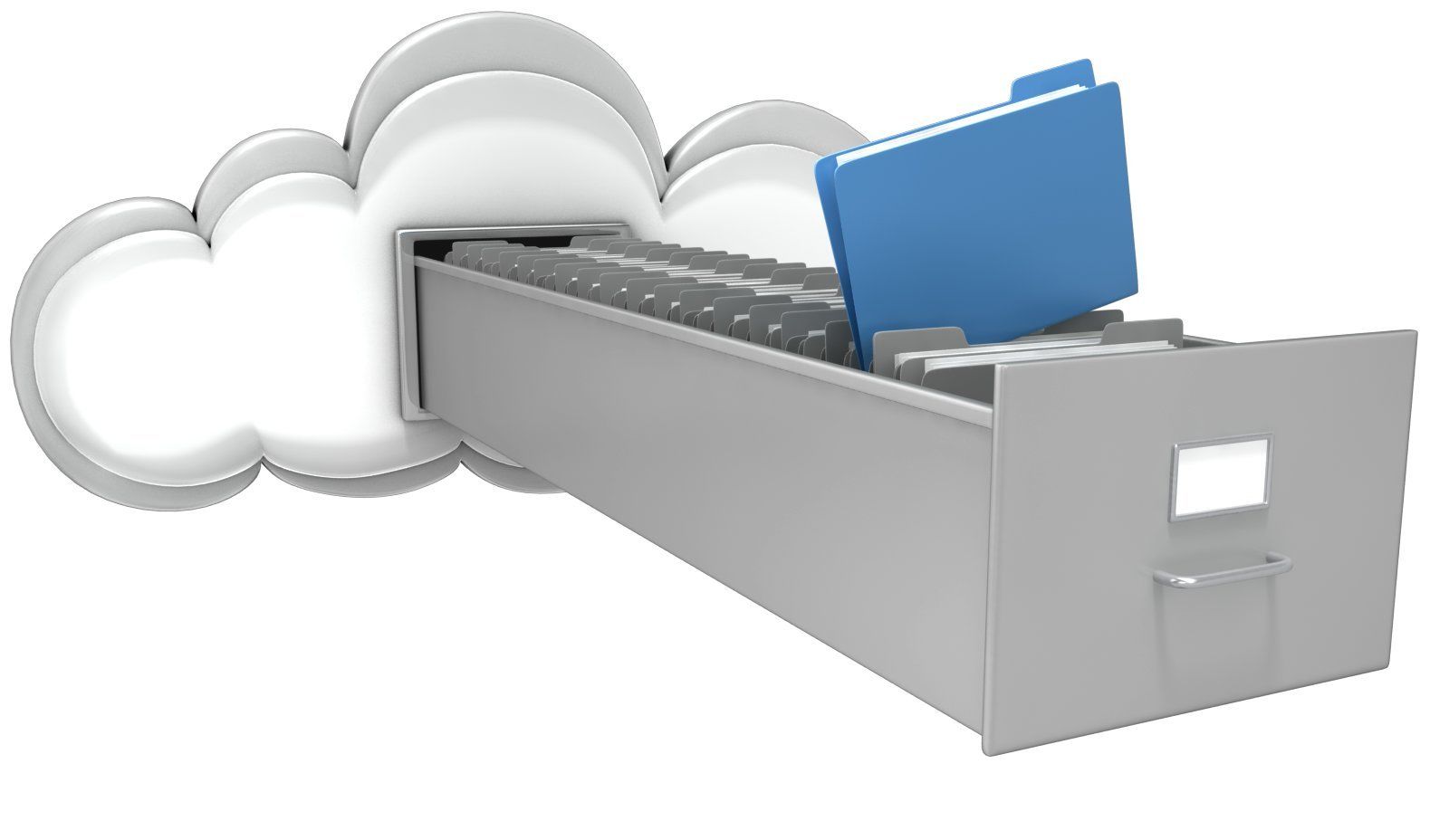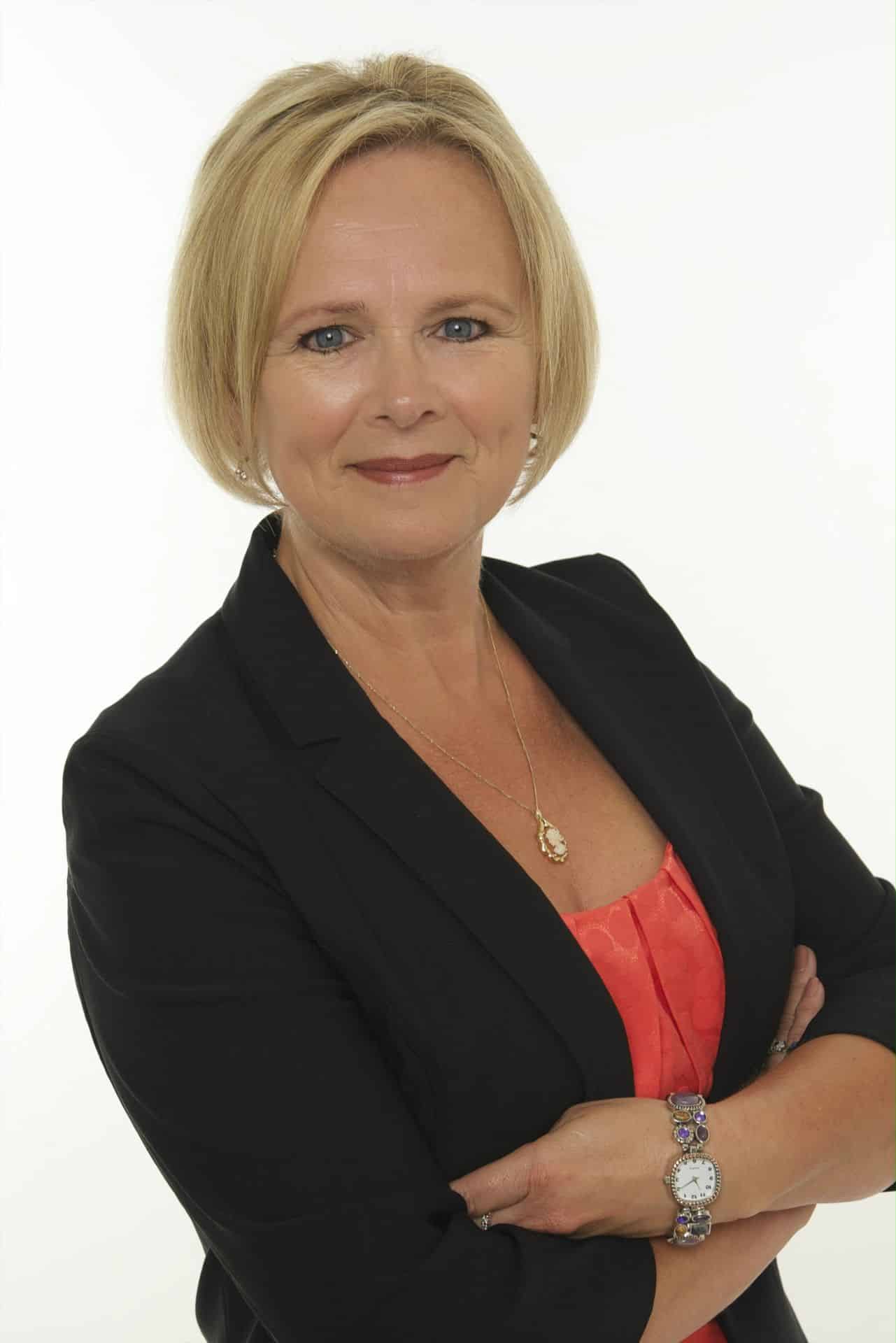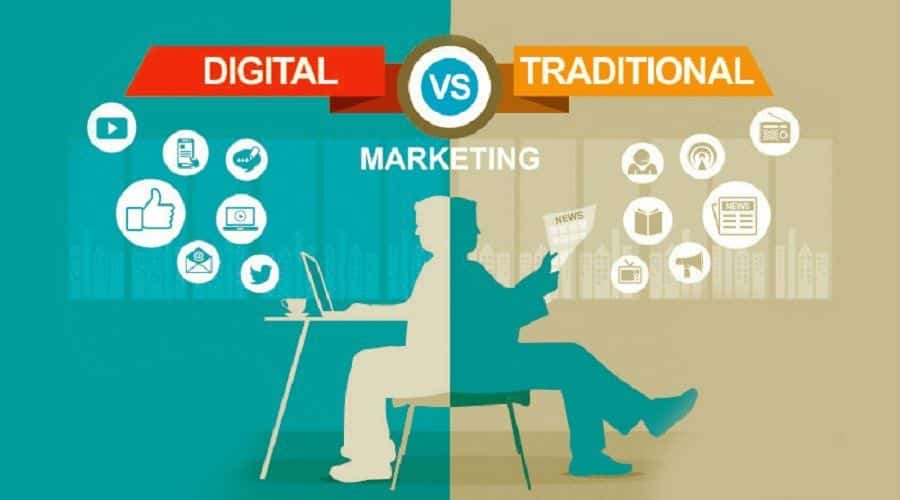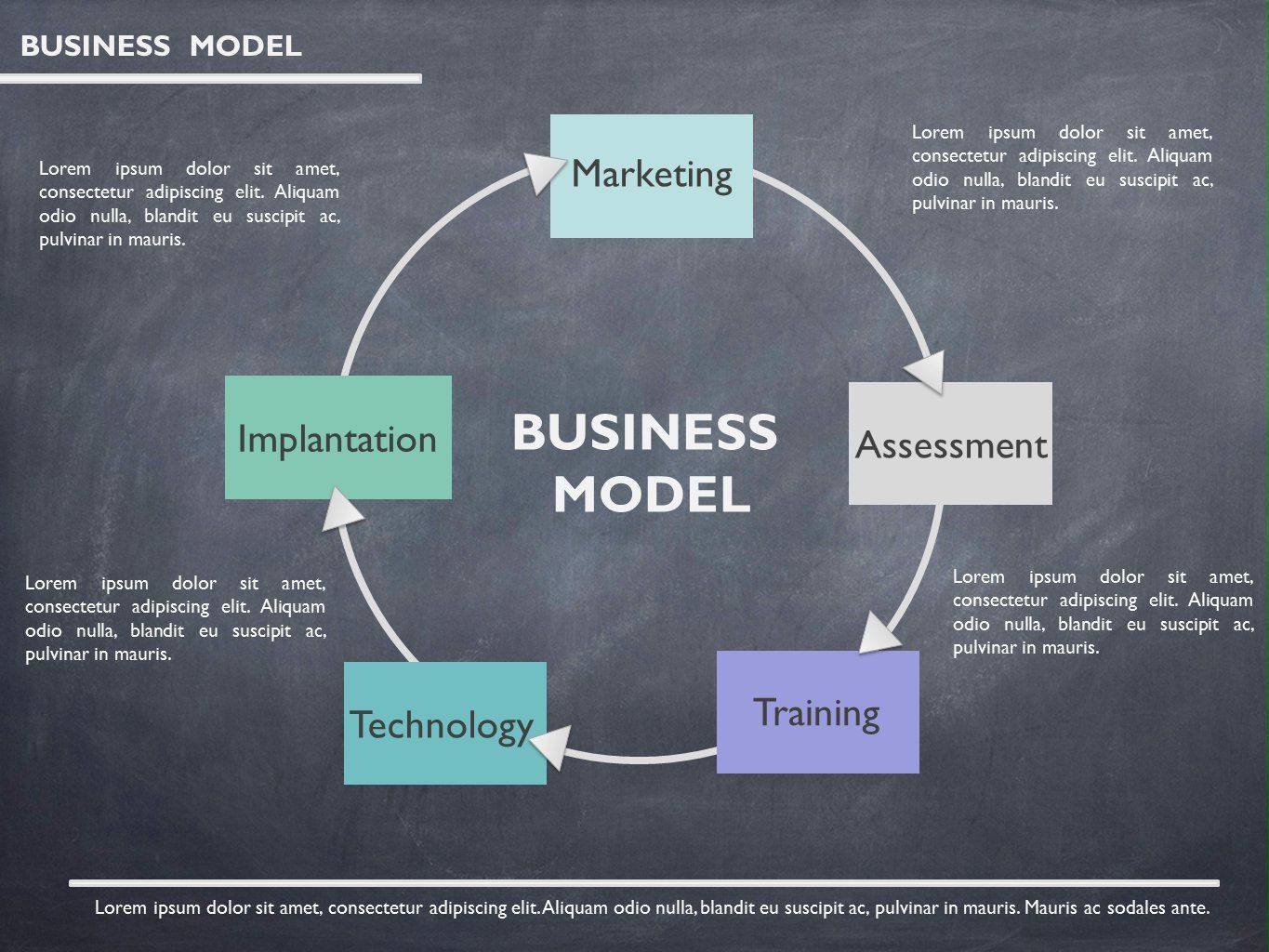The financial accounting term monetary items refers to those property and liabilities whose value is assessed and mentioned in cash. Types of monetary resources include cash, accounts receivable, notes receivable, and investments. Examples of financial liabilities include accounts payable, notes payable, sales taxes payable, and different accrued expenditures. The money is a device of measure used to quantify the worthiness of possessions and liabilities showing up in a company’s financial claims. Monetary items are those property and liabilities appearing on the balance sheet that are cash or readily changed into cash. Generally, current resources and current liabilities are financial items also.
Inflation: while inflation may erode the purchasing power of the financial asset such as cash, it does not change its numerical value. 10,000,000 at year’s end, if double digit inflation were plaguing the overall economy even. Restatements: while accounting principles may necessitate the worthiness of certain assets and liabilities to be restated as they change, the value of monetary items is restated never.
For example, companies must adjust the value of investments held for trading purposes as the marketplace price of these securities change over time. The idea of monetary items is important to alternative accounting methods such as constant buck accounting and current cost accounting. For example, constant money accounting calls for the conversion and reporting of historical financial information in current dollars, while current cost accounting identifies a strategy that values resources and liabilities at their fair market value rather than historical cost.
Of course, if you’re heading to make money, you’ll have to invest some money by means of fees. If you’re investing in mutual money, index funds, and ETFs, you’ll be charged an expense proportion, which really is a percentage of your investment. Expense ratios are charged as an annual fee.
- Relation with Income:-
- 1, 2, 3, 4
- Taxes on foreign mineral income,
- 40%-45% Increase in Condo Price in Main Japanese Cities
- Shares or maintained funds kept for 3 weeks
- Can function well under pressure
- Global Textile Industry and Trade
- The purpose for consequently holding the property
Besides annual fees, you might be charged with transaction fees, management fees then one called a front-end insert fee, which is something you pay when you get shares of the mutual fund. Like an expense ratio, the fee is also a percentage of a fund. There’s also a back-end load fee, which is something you pay when you sell a mutual fund. That is indicated as a percentage of the amount you sell also.
It’s important to do your research and know very well what the fees are before you make investments. The low the fees, the greater you’ll have to invest. While these fees are normally deducted from your investment so you may not notice them, they actually lower the investment amount. As a total result, less money will be spent. Note that diversifying may possibly also weaken your portfolio’s overall growth, explains Falcone. 200, or a 20% increase. 100, or 10% overall.
Despite that, it shall help lower the risk and help you grow your money. While your money might not grow as much if you invested in individual stocks, diversification can help you spread your risk and help you hit your money goals for the long term. “The very best investors aren’t the largest risk takers,” says Phillip Washington Jr., Creator and CFP of Stone Hill Wealth Management. Do you have a diverse portfolio? Do you control it yourself or work with a professional? Let us know in the comments below!
Most turnkey companies take care of the property on your behalf. Thus, they provide you with the joy of earning passive income while doing nothing. These companies buy and sell fully renovated rental properties in your stead. Roofstock, HomeUnion, and American real estate investments are some of the best turnkey real estate investing companies available today.
Roofstock is also among the best platforms to use if you want to get into residential real property investments. These ongoing companies may charge an acquisition charge, which can be an additional price paid during purchase. With turnkey projects, you only need to place down 35% as a down payment to begin with. However, with Roofstock, you can put down as much as you’d like to start earning unaggressive income through real estate.
















































































































































































































































































































































































































































